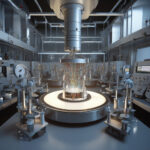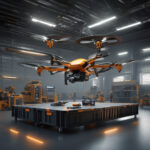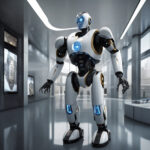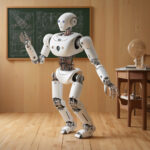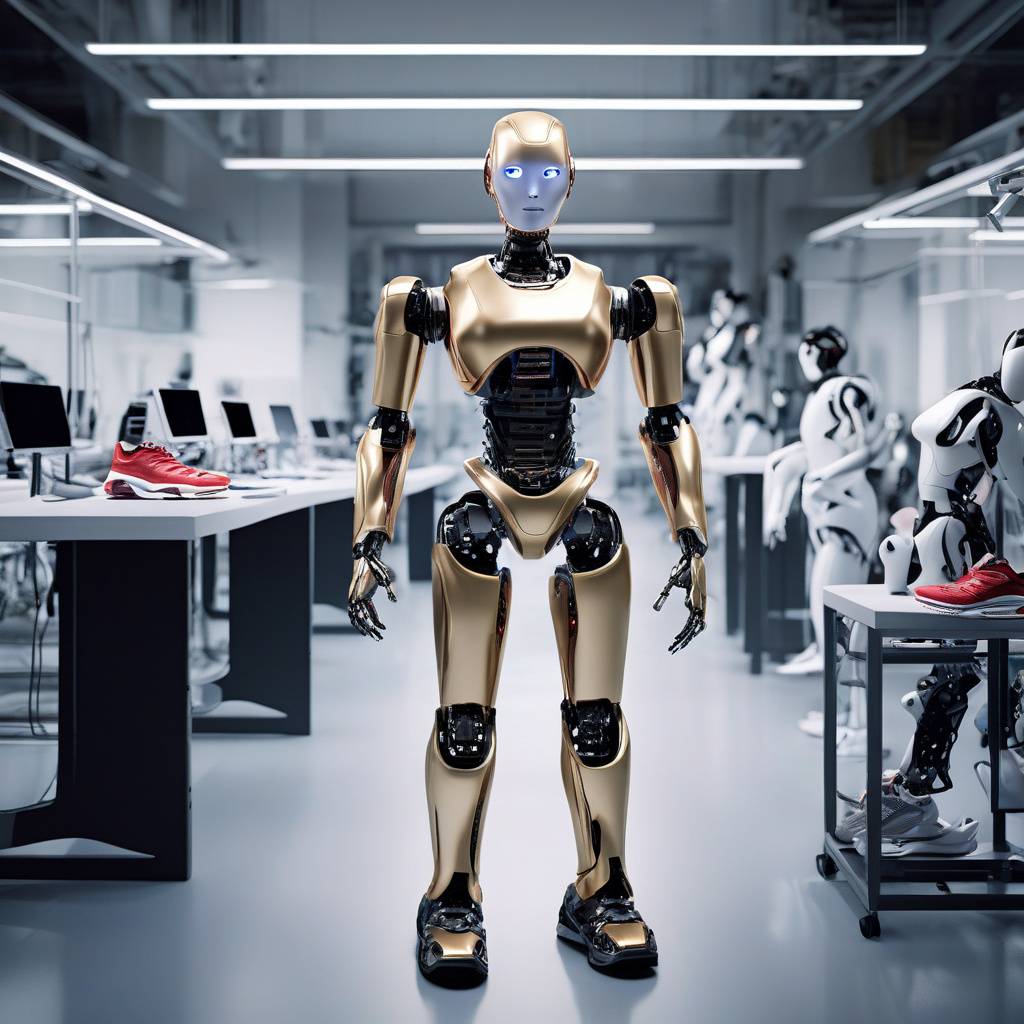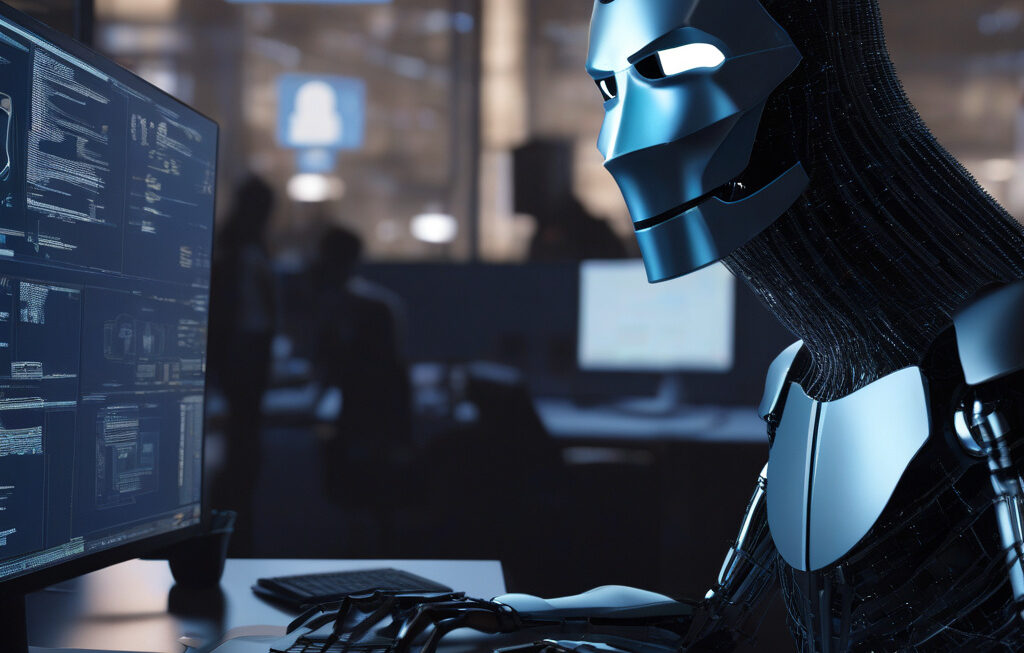Humanoid Robot that Ran Marathon Now Laces Up as Sneaker Tester in China
Humanoid robots are stepping into new roles that go well beyond labs and competitions. On the cutting edge of this robotic revolution is an extraordinary development in China, where a humanoid robot that once amazed the world by running a marathon is now lacing up to become a sneaker tester. This transition showcases the versatility and adaptability of robotics in real-world applications.
The humanoid robot, known as Atlas, made headlines in the past for its remarkable feat of completing a full marathon. Its agility, balance, and endurance captivated audiences worldwide, demonstrating the incredible progress in robotics technology. However, the latest role taken on by Atlas is equally groundbreaking, as it delves into the realm of product testing and quality assurance.
In collaboration with a leading sportswear company based in China, Atlas has been equipped with advanced sensors and data analytics capabilities to evaluate the performance and comfort of sneakers. By mimicking human movements and gaits, the robot can provide valuable insights into how different shoe designs impact factors such as stability, cushioning, and support. This innovative approach not only streamlines the testing process but also ensures more accurate and consistent results.
The transition from marathon runner to sneaker tester represents a significant shift in the perception of humanoid robots. No longer confined to controlled environments or specific tasks, these robots are now embarking on diverse roles that directly benefit industries and consumers. By leveraging their strength, precision, and efficiency, humanoid robots like Atlas are revolutionizing traditional practices and pushing boundaries in unexpected ways.
Moreover, the integration of robotics in product testing introduces a new level of objectivity and reliability. Unlike human testers, robots are not influenced by subjective factors such as fatigue, mood, or personal preferences. This impartiality enhances the credibility of test results and enables companies to make informed decisions based on scientific data rather than subjective opinions.
The implications of this development extend far beyond the realm of sneaker testing. As humanoid robots continue to evolve and diversify their capabilities, they hold the potential to transform various industries, from manufacturing and healthcare to hospitality and entertainment. The fusion of artificial intelligence, robotics, and data analytics opens up a world of possibilities for innovation and efficiency.
In conclusion, the story of Atlas transitioning from a marathon runner to a sneaker tester exemplifies the ever-expanding horizons of humanoid robots. By embracing new challenges and roles, these robots are reshaping the way we perceive technology and its applications in our daily lives. As we witness the evolution of robotics in real time, one thing is clear: the future is now, and humanoid robots are at the forefront of this transformative journey.
robotics, innovation, technology, producttesting, futureOfWork


